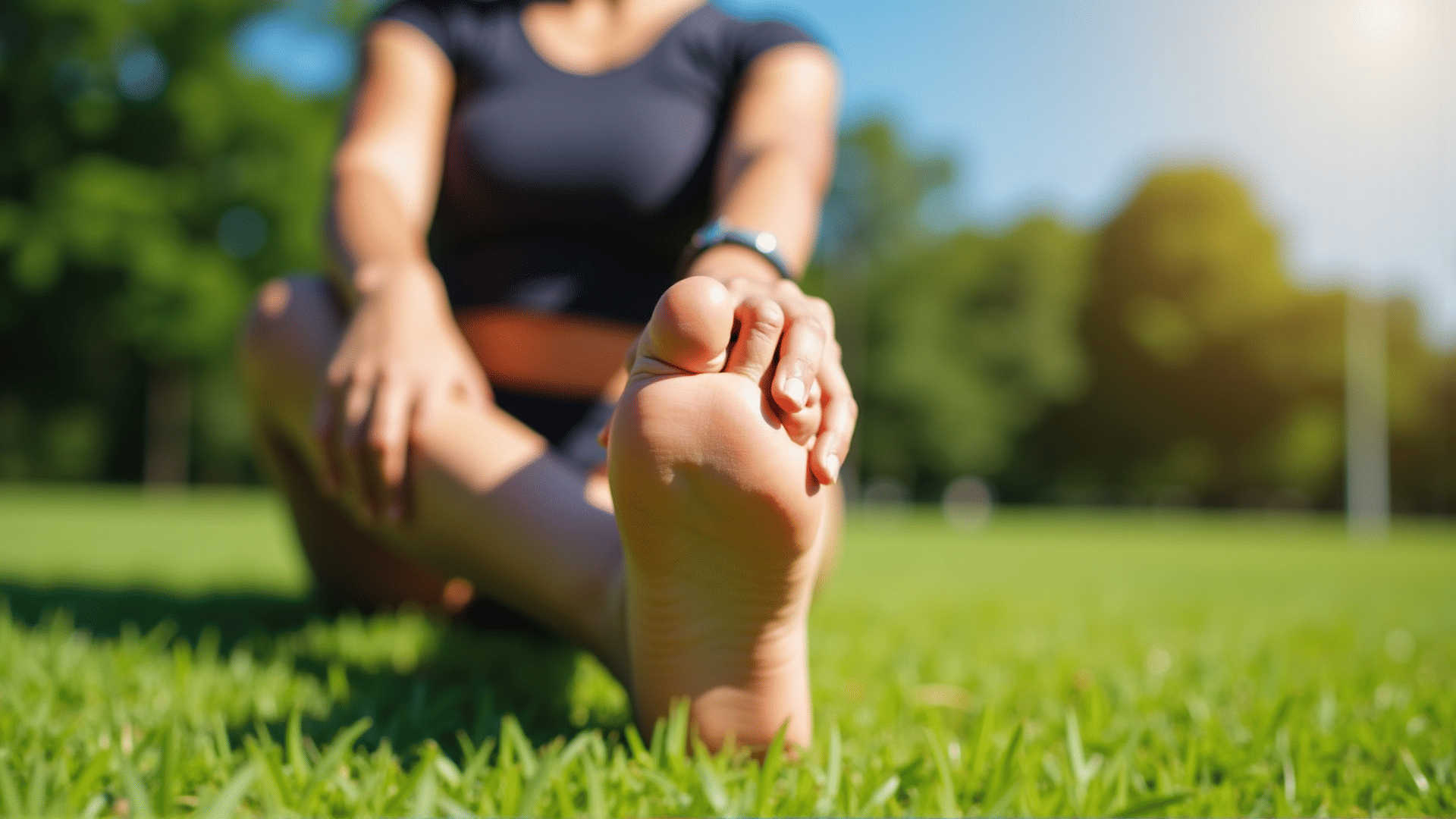Joints play a crucial role in our everyday movements, allowing us to walk, run, jump, and perform a multitude of tasks. However, joint discomfort and dysfunction can significantly hamper quality of life. Therefore, focusing on joint health optimization becomes essential for those who wish to maintain an active and fulfilling lifestyle. Here, we explore various techniques and treatments that enhance joint function and reduce discomfort.
Understanding Joint Health
Before diving into specific treatments, it's vital to understand the structure and function of joints. Joints are complex structures consisting of bones, cartilage, synovium (joint lining), ligaments, and tendons. Cartilage cushions the bones, the synovium produces fluid that lubricates the joint, and ligaments and tendons provide stability. Damage or wear and tear to any of these components can lead to discomfort, inflammation, and decreased mobility.
Lifestyle Modifications
One of the most effective ways to ensure joint health is adopting lifestyle modifications. This includes maintaining a healthy weight to reduce stress on weight-bearing joints like the hips and knees. Regular exercise, especially low-impact activities such as swimming and cycling, can improve joint mobility and strengthen muscles surrounding the joints, providing additional support.
Nutrition and Supplements
Nutrition plays a significant role in joint health. A diet rich in anti-inflammatory foods like omega-3 fatty acids, found in fish, flaxseeds, and walnuts, can help reduce joint pain and inflammation. Foods high in antioxidants, like fruits and vegetables, also combat inflammation and protect joint tissues.
Supplements such as glucosamine, chondroitin sulfate, and collagen have been shown to support joint health. They aid in maintaining the structural integrity of cartilage and may slow joint degeneration.
Physical Therapy and Exercise
Engaging in physical therapy is beneficial for individuals experiencing joint discomfort. Physical therapists design specific exercises to improve range of motion and strengthen the muscles around the joints. This not only alleviates pain but also prevents further injury.
Additionally, practices like yoga and tai chi promote flexibility, balance, and relaxation, all of which are beneficial for joint health. These activities offer a gentle yet effective way to enhance overall joint function.
Medical Treatments
For those experiencing significant joint discomfort, medical treatments may be necessary. Over-the-counter medications such as NSAIDs can provide temporary relief from pain and inflammation. For more persistent conditions, corticosteroid injections or hyaluronic acid injections may be recommended to reduce inflammation and lubricate the joints.
Emerging treatments, such as regenerative medicine utilizing platelet-rich plasma (PRP) therapy and stem cell therapy, are also gaining traction. These therapies aim to repair and regenerate damaged joint tissues, offering a long-term solution rather than just symptom relief.
Preventive Measures
Prevention is a key aspect of joint health optimization. Avoiding repetitive stress on the joints, using proper techniques during physical activities, and wearing supportive footwear can prevent unnecessary strain. Ergonomic workspaces and good posture are also crucial in reducing joint wear, especially in the neck and spine.
Conclusion
Optimizing joint health is a multifaceted approach involving lifestyle changes, nutrition, exercise, and, when necessary, medical interventions. By understanding the importance of joint health and proactively taking steps to maintain it, individuals can reduce discomfort and enjoy better mobility throughout their lives. Investing time and effort into joint care today can lead to a more active and pain-free tomorrow.
